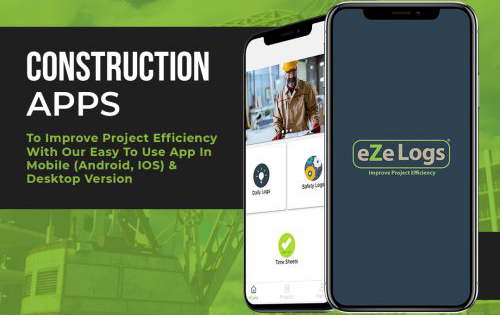When public infrastructure organizations embark on multi-billion-dollar capital programs, a significant challenge often arises: the limited number of individuals with deep knowledge of the organization’s systems, workflows, and risk tolerances. Train-the-Trainer (TTT) model proves invaluable—not as a luxury, but as a structural necessity. Construction management software, procurement protocols, environmental review requirements, quality inspection workflows, and digital reporting tools each demand a level of familiarity that doesn’t scale easily across numerous concurrent projects.

TTT as an Operational Strategy
In public sector capital programs, TTT transcends traditional HR initiatives, functioning as a strategic operational approach. It enables a central delivery office to disseminate institutional knowledge outward—from headquarters to field staff, engineers to contractors, and software vendors to agency teams. When implemented effectively, it reduces onboarding time, enforces standardization, and enhances performance across geographically dispersed projects. [Source]
Maintaining Quality Amid Decentralization
Scaling capital programs often involves decentralizing decision-making authority, which can compromise quality. While Program Management Offices (PMOs) can define standards, they can’t be present on every job site. Training manuals alone are insufficient for enforcing compliance. The TTT model addresses this by placing trusted subject matter experts in the field—individuals fluent in systems, policies, and local contexts. [Source]
Preventing Training Fatigue and Knowledge Decay
Public agencies often rely on one-time training sessions during new software rollouts or contract transitions, which can lead to knowledge decay before tools are actively used. The TTT approach mitigates this by embedding trainers within business units or job sites, providing just-in-time resources. These trainers assist with real-time queries, ensuring correct usage and reducing audit risks. They also capture lessons learned, feeding them back into training content for continuous improvement. [Source]
Balancing Standardization and Flexibility
Large capital programs often encompass various delivery models and involve numerous contractors with distinct systems and cultures. A one-size-fits-all training plan is rarely effective. The TTT model allows agencies to enforce core standards while tailoring delivery methods to specific environments, accommodating variations without compromising consistency. [Source]
Formalizing Knowledge Transfer Through Credentialing
The TTT model facilitates formalized and trackable knowledge transfer. Public agencies can establish credentialed trainers with standardized assessments, ensuring trainers are recognized and held accountable for keeping teams aligned with current tools, workflows, and compliance requirements. This credentialing supports accountability and enables agencies to address training gaps proactively. [Source]
Leveraging Digital Tools for Asynchronous Learning
TTT implementations often blend digital and physical approaches. Certified trainers may conduct in-person sessions for complex workflows and supplement them with screencasts, quizzes, and knowledge bases. As agencies adopt cloud-based systems, training becomes more traceable through Learning Management Systems (LMS), allowing for data-driven support and project-specific onboarding paths. [Source]
Collaborating with Contractors Without Conflict
Some public owners may hesitate to assign training responsibilities to staff within joint ventures or contractor teams. However, the TTT model doesn’t necessitate a strict owner-only structure. Many agencies successfully certify contractor staff as trainers, especially for long-term programs, fostering alignment and reducing friction. The key lies in transparency and role clarity, ensuring contractor trainers deliver owner-approved material and participate in regular coordination with agency trainers. [Source]
References
TWI Institute: Train-the-Trainer Model
Also Read:
Safety First: Enhancing Toolbox Talks with AI-Powered Safety Management in Ezelogs
Smart HR for Construction: Boosting Payroll Efficiency with Ezelogs’ AI-Enabled HRM Tools
Compliance Made Easy: How AI-Enabled Certified Payroll in Ezelogs Simplifies Regulatory Reporting
Centralizing Your Data: The Power of Ezelogs’ Product Data Sheet Library for Faster Submittals
Voice-Activated Efficiency: Transforming Construction Management with Ezelogs’


